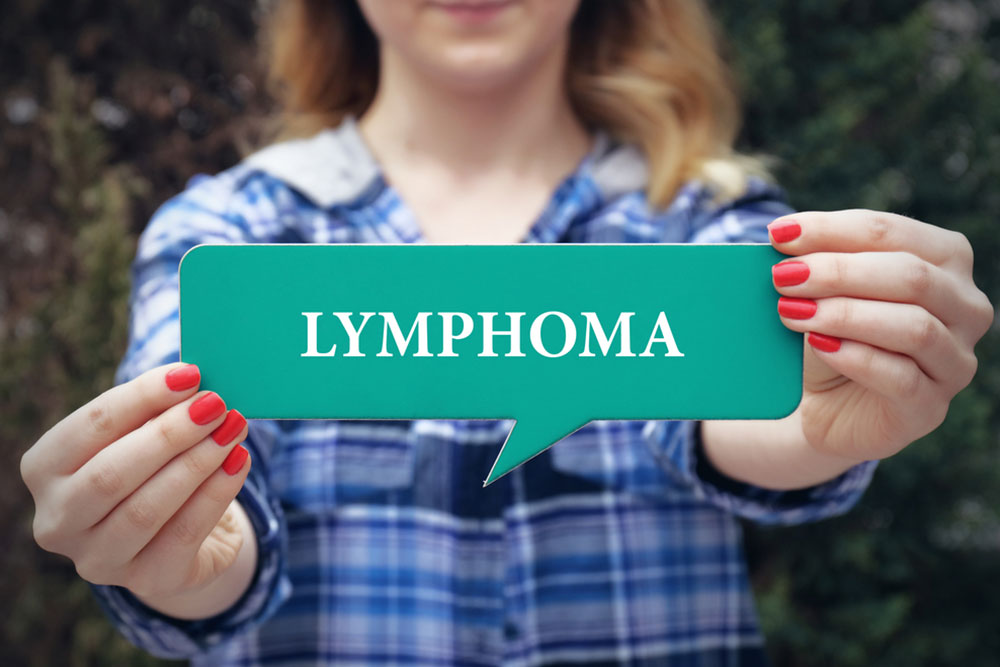Complete Overview of B-Cell Lymphoma: Causes, Types, and Treatment Strategies
This comprehensive guide explores B-cell lymphoma, covering its causes, subtypes, symptoms, risk factors, and the latest treatment options. Learn how to recognize early signs, understand risk groups, and explore herbal or conventional therapies for effective management. Ideal for patients, caregivers, and healthcare providers seeking in-depth knowledge about this common form of non-Hodgkin’s lymphoma.

In-Depth Look at B-Cell Lymphoma: Symptoms, Causes, and Management Options
Comprehensive Introduction to B-Cell Lymphoma
B-cell lymphoma is a common subtype of non-Hodgkin's lymphoma that primarily affects the lymphatic system, a vital component of our immune defense mechanism. Originating from lymphocytes—specialized white blood cells—this disease can manifest in various forms, each with differing growth patterns, severity, and treatment responses. Understanding the intricacies of B-cell lymphoma, including its causes, symptoms, risk factors, and treatment approaches, is crucial for early detection and effective management. This detailed guide aims to shed light on all these aspects to foster better awareness and understanding.
Defining B-Cell Lymphoma
The disease arises from abnormal proliferation of lymphocytes within the lymphatic system.
It is predominantly classified under non-Hodgkin's lymphoma, which is more prevalent than Hodgkin’s lymphoma.
The condition varies in its aggressiveness, with classifications into low-grade and high-grade subtypes, each requiring tailored treatment strategies.
Unraveling the Causes and Risk Factors of B-Cell Lymphoma
While the precise cause remains unknown, scientists recognize that an individual’s immune system health plays a pivotal role in risk susceptibility.
Overproduction and abnormal accumulation of lymphocytes can lead to malignant transformations that characterize lymphoma.
Normally, old or damaged lymphocytes undergo programmed cell death, but in lymphoma, this process is disrupted, causing uncontrolled cell proliferation.
Different Types of B-Cell Lymphoma
The broader classification separates lymphomas into Hodgkin’s and non-Hodgkin’s types, with non-Hodgkin’s being more frequently diagnosed.
Diffuse large B-cell lymphoma (DLBCL) stands out as the most common and aggressive form.
Follicular lymphoma progresses slowly and is primarily seen in adults, often detected incidentally during routine examinations.
More aggressive subtypes include Mantle Cell lymphoma and Burkitt lymphoma, each with unique clinical features.
Rare subtypes such as Marginal Zone lymphoma, Lymphoplasmacytic lymphoma, and Primary Mediastinal B-cell lymphoma exhibit distinct behaviors and treatment responses.
Symptoms Indicating B-Cell Lymphoma
Persistent swelling of lymph nodes, particularly in the neck, armpits, or groin, is a hallmark sign.
Other common symptoms include unexplained fever, excessive night sweats, unintentional weight loss, and persistent fatigue.
Additional manifestations may involve severe itching, abdominal swelling or pain, chest discomfort, or breathing difficulties in advanced cases.
Who Is at Increased Risk for B-Cell Lymphoma?
Individuals over the age of 60 are at higher risk due to natural immune decline.
Men tend to be more frequently affected than women.
People undergoing immunosuppressive therapy, such as transplant recipients or those with autoimmune conditions, are more vulnerable.
Infections like Epstein-Barr virus (EBV) and human immunodeficiency virus (HIV) significantly increase susceptibility.
Herbal and Natural Support for Managing Lymphoma
Complementary herbal remedies should support, not replace, conventional medical treatments.
Herbs such as parsley, cleavers, and red clover may bolster immune function and reduce inflammation.
Green tea contains antioxidants that might help inhibit abnormal lymphocyte proliferation.
Other natural substances like Pau d’Arco, reishi mushroom, and echinacea could provide supplementary immune support.
Standard Treatment Modalities for B-Cell Lymphoma
Radiation therapy employs high-energy beams aimed at destroying cancerous cells or shrinking tumors.
Chemotherapy uses potent drugs administered orally or intravenously to target and eliminate malignant lymphocytes.
Stem cell transplants replace damaged or destroyed bone marrow with healthy donor cells, often following intensive chemotherapy or radiation.
Immunotherapy involves biologic agents or radioimmunotherapy drugs designed to enhance the body’s immune response against lymphoma cells.
Understanding the complex nature of B-cell lymphoma enables patients and caregivers to make informed decisions about diagnosis, treatment, and management. Advances in medical research continue to improve prognosis and quality of life for individuals affected by this disease, emphasizing the importance of early detection, holistic care, and innovative therapies. Stay vigilant and consult healthcare professionals for personalized treatment plans tailored to specific lymphoma subtypes and patient health profiles.





